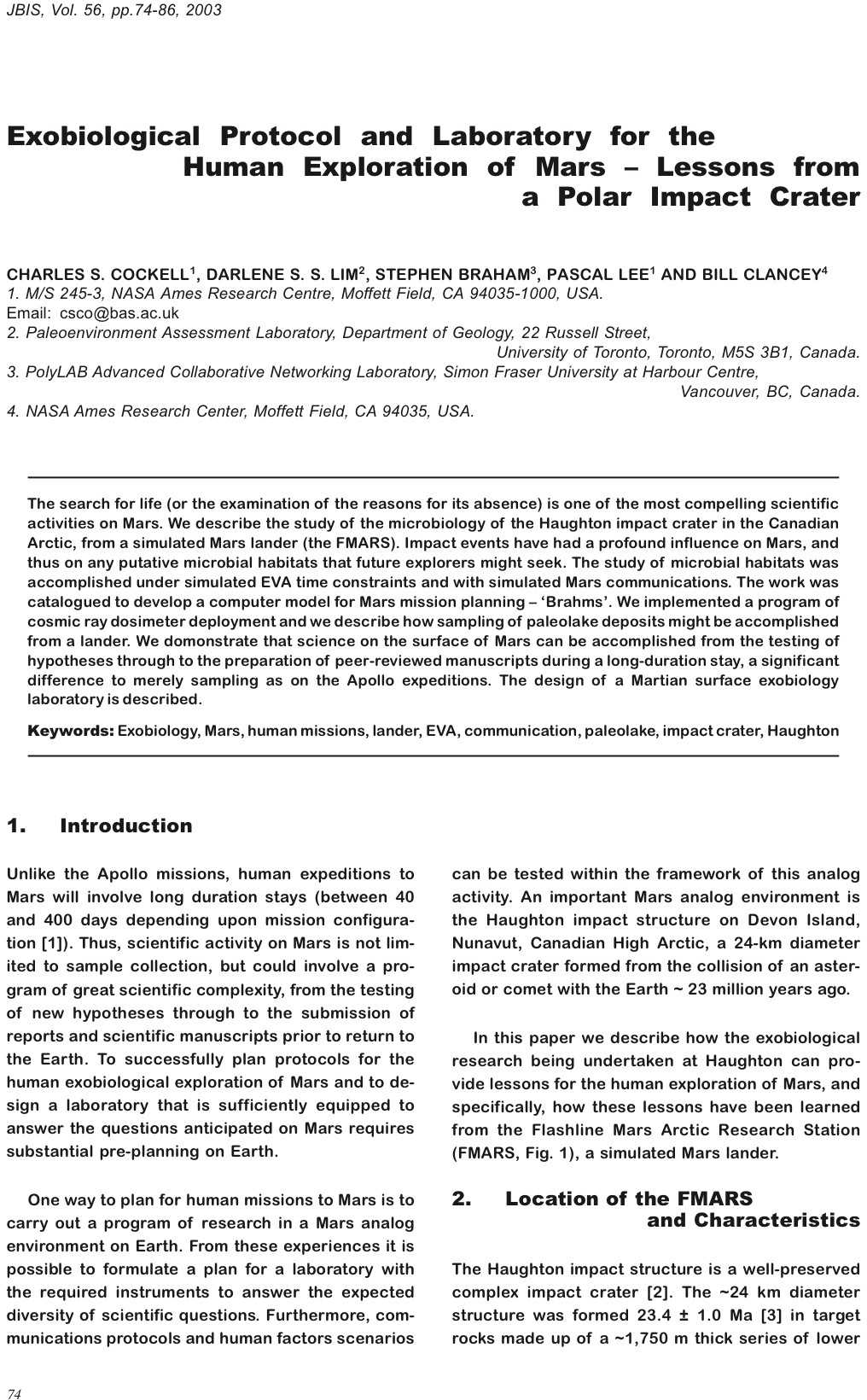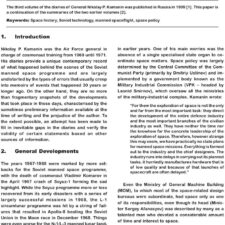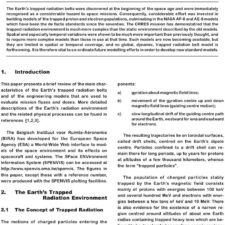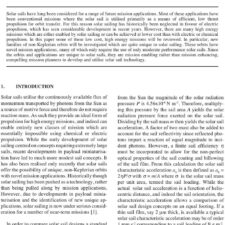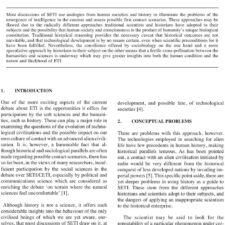Exobiological Protocol and Laboratory for the Human Exploration of Mars – Lessons from a Polar Impact Crater
£5.00
C. S. Cockell; D. S. S. Lim; S. Braham; P. Lee; B. Clancey (2003), JBIS, 56, 74-86
Refcode: 2003.56.74
Abstract:
The search for life (or the examination of the reasons for its absence) is one of the most compelling scientific activities on Mars. We describe the study of the microbiology of the Haughton impact crater in the Canadian Arctic, from a simulated Mars lander (the FMARS). Impact events have had a profound influence on Mars, and thus on any putative microbial habitats that future explorers might seek. The study of microbial habitats was accomplished under simulated EVA time constraints and with simulated Mars communications. The work was catalogued to develop a computer model for Mars mission planning – `Brahms’. We implemented a program of cosmic ray dosimeter deployment and we describe how sampling of paleolake deposits might be accomplished from a lander. We domonstrate that science on the surface of Mars can be accomplished from the testing of hypotheses through to the preparation of peer-reviewed manuscripts during a long-duration stay, a significant difference to merely sampling as on the Apollo expeditions. The design of a Martian surface exobiology laboratory is described.

